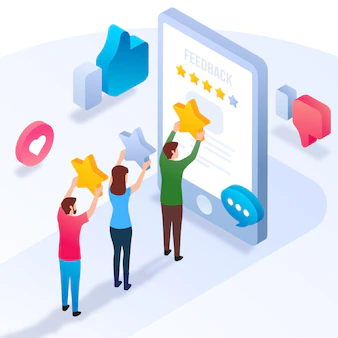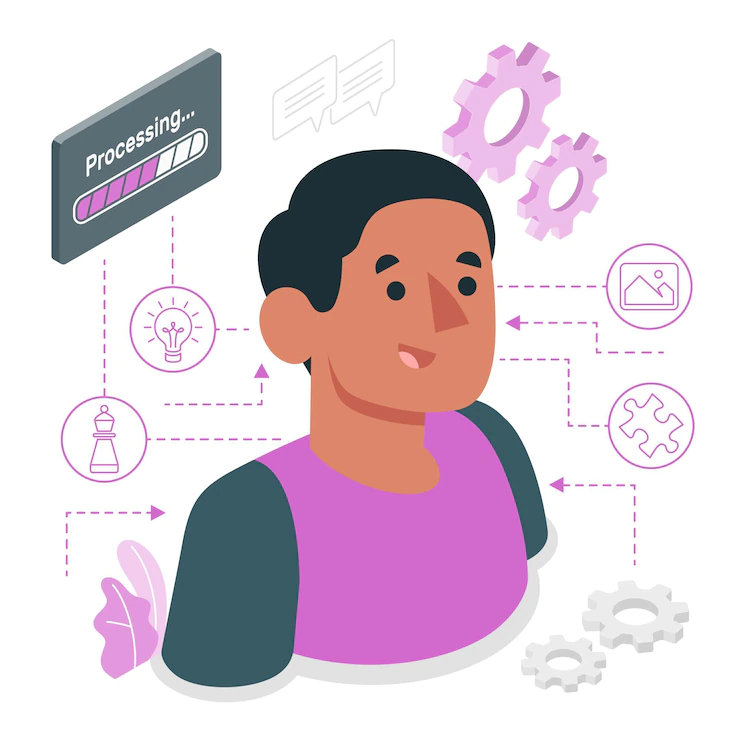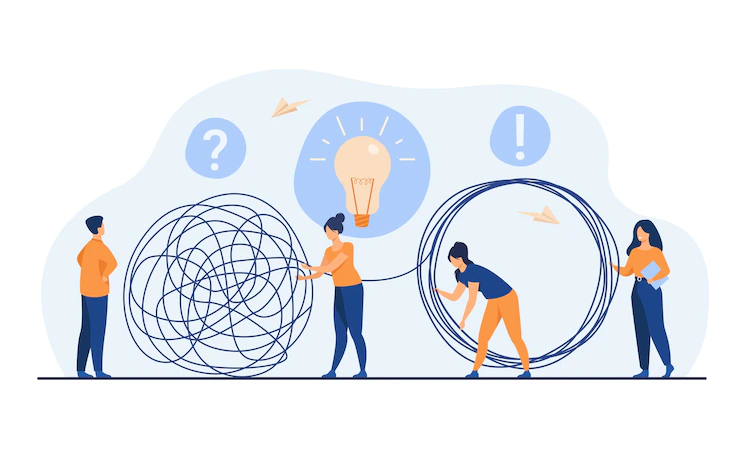In this world where customers have the luxury of choices, it has become difficult to convert leads into customers. But customer experience management is the differentiating factor that makes a customer select your company.
There is always pressure on companies to provide good customer experience management, which is also affected by many external factors such as supply chains, increasing inflation, and a talent shortage. But, with all this, it is still possible to give an excellent customer experience. So, with this article, we will learn how enterprise training can help your customers understand their requirements, improve product adoption, and help them take steps to grow.

What exactly is extended enterprise training?
“Extended enterprise training” refers to training the non-employees of your organization. What does it mean? It includes all the stakeholders, partners, and all the people associated with the company as non-employee. Furthermore, Brandon’s research revealed that only 56% of organizations provide such training. Even though the companies providing this training are not consuming the L&D budget, there is still a lot to do in enterprise training.
How to get started with improving customer experience?
1. Make your customer learning customized
You cannot distribute the same training to all of your customers, as they are at different stages of their buying process. It is important that you understand your customers’ requirements and then develop a customer experience strategy to assist them in achieving their goals.
This requires preparing the content for different learning styles and also assisting the customers accordingly. When you are building your content, make sure it is relevant for the audience and adheres to the compliance regulations of your company.
Long gone are the days wherein a common template will work for all the customers. Customers now expect a personal experience for a better buying process.
For example, we can see Spotify providing a personal wrap-up of the year, which has spread like wildfire on social media!
Also, we have all seen personalized messages from Zomato or Swiggy popping up every day on our mobiles. This is the power of personalization. Don’t treat customers as one entity; rather treat them as separate entities so that they will also feel special.

2. Make your customer training consistent:
The learning experience should be a representation of your brand and remain consistent. It doesn’t require a developer to do all this every time. Rather, you can search for a platform that you can easily customize and change to fit your brand’s experience.
Your training should look like your brand’s blueprint, not some third-party extension.
3. Make your customer training continuous:
You should not treat training as a destination. You must treat it as a continuous process. Your customers want to know what they can extract from your brand and the value it will add to their brand.
You can also promote continuous learning for your customers with various methods like providing certifications. With the right training, they can explore different ways in which they can use your product, and it will help them excel.
What can you do?
1. Measure customer experience:
Without knowing how your customers find your service, you cannot improve it. Bain & Company suggests that 80% of the companies feel they are providing excellent service to their customers, but only 8% of the customers feel the same way.
You can also measure them using the following methods:
- Send out customer surveys
- Track your customer churn rate
- Keep a check on your support tickets
- Follow the customer’s journey to see what you are lacking and what you need to provide them.
2. Select the right tools:
For analyzing your customer behavior, it is also important that you use the proper tools for that. There are multiple tools available online and you can choose those based on these features:
- What is the market type and organization size
- Understanding of your employees in technology
- What is the industry specialization
- What will be the cost
3. Deal with customer’s pain points:
Analyze the problems encountered by customers during their journey and then work on developing resources to address the issue.
17% of the customers move away after one unpleasant event, and 53% after several incidents. Hence, it is important to provide your customers with excellent support to reduce the churn rate.

4. Offer the best customer service that you can:
Customer service or support is more than convincing people to buy a product/service. It also makes the buying process easier for your customers. They should be assisted at every point to make the process easier for them. 83% of customers expect to interact with a customer immediately after they contact a company.
Companies need to be rapid with their customer support and help the customers in every possible manner.
5. Empower your teams:
Without empowering your sales and customer support teams, you cannot expect good customer support. Your customer support depends on how your executives handle problems and clients. Appropriate training and guidance are required to empower your teams.
You must also allow collaboration and promote an environment where they can freely give their opinions. Motivate them to do better and guide them on how to deal with customers.
6. Automate processes:
If you feel like you are doing repetitive tasks and have an opportunity to automate them, you should not miss it! Ticket routing is one of the processes that can be automated easily and will make your tasks simpler.
7. Create a Feedback Loop:
Following up is the key to successful customer experience management. It is not enough to just resolve your customers’ queries, and so many organizations do it wrong. It is important to follow up with your customers to know if they are satisfied with the service/product and if there is any area that needs improvement.
You will get both positive and negative feedback, which you must analyze and then improve your product or service accordingly.
Creating better customers for enterprises is equivalent to better business opportunities. Hence, you must provide your customers with the right kind of service.



